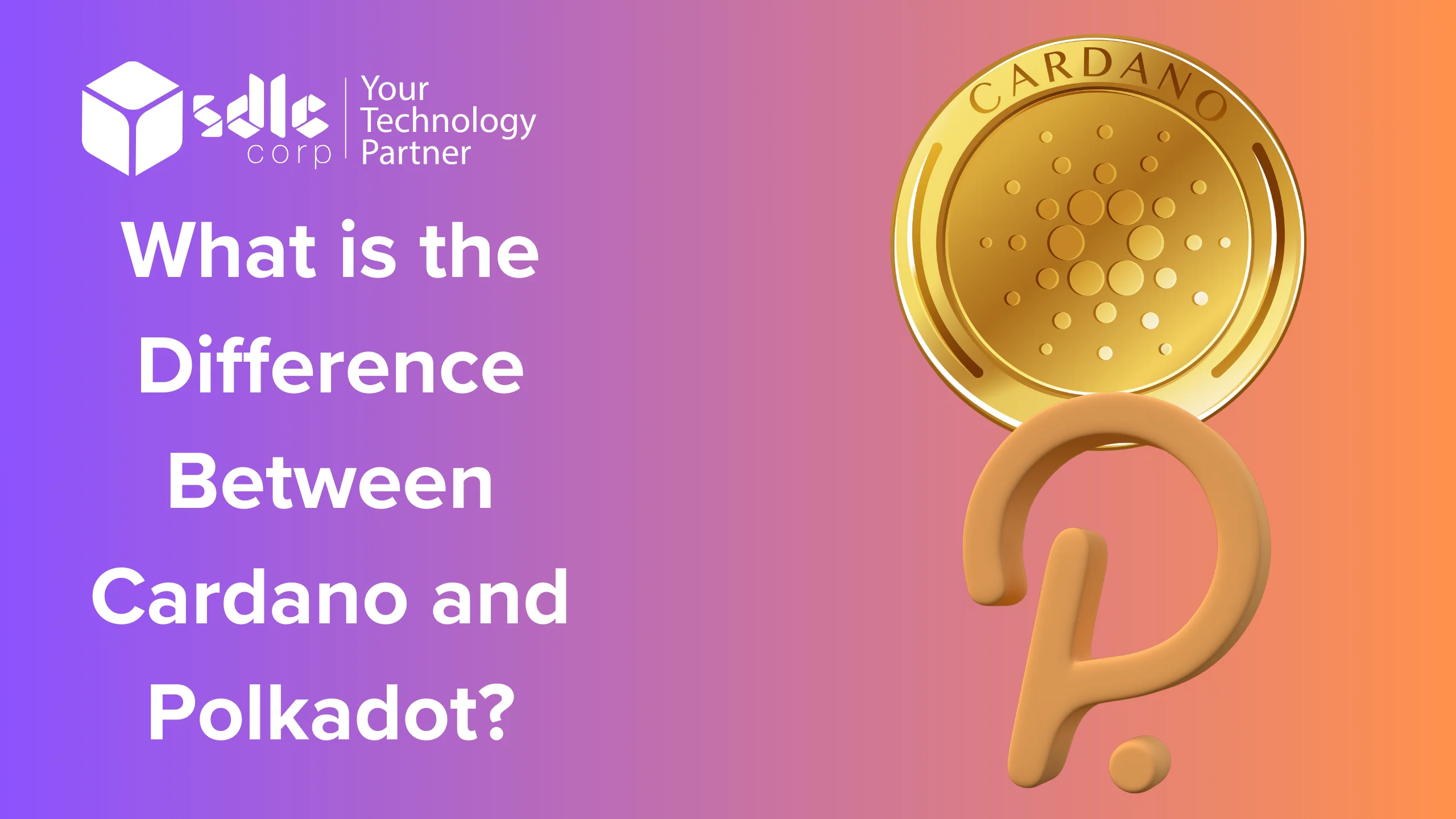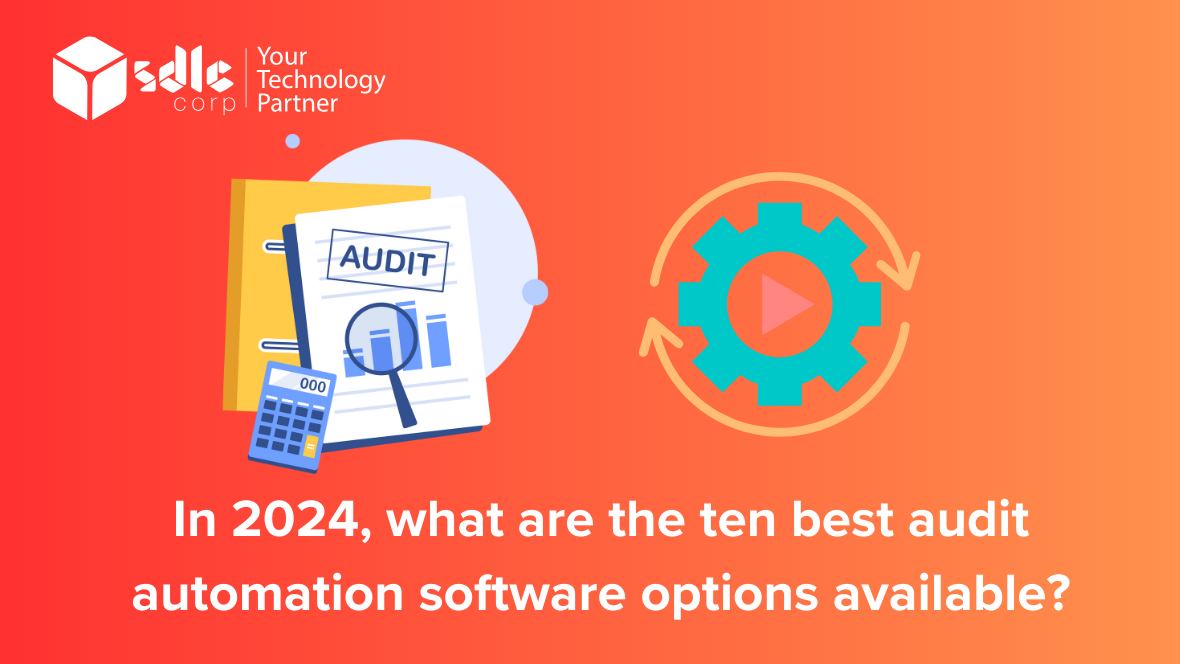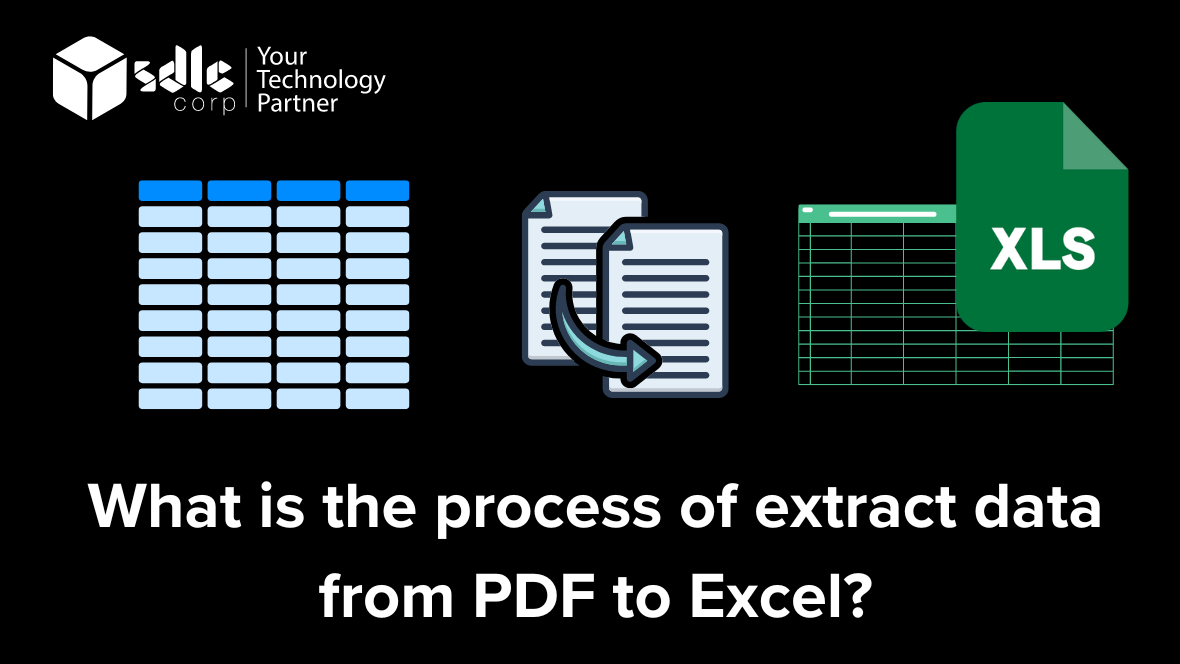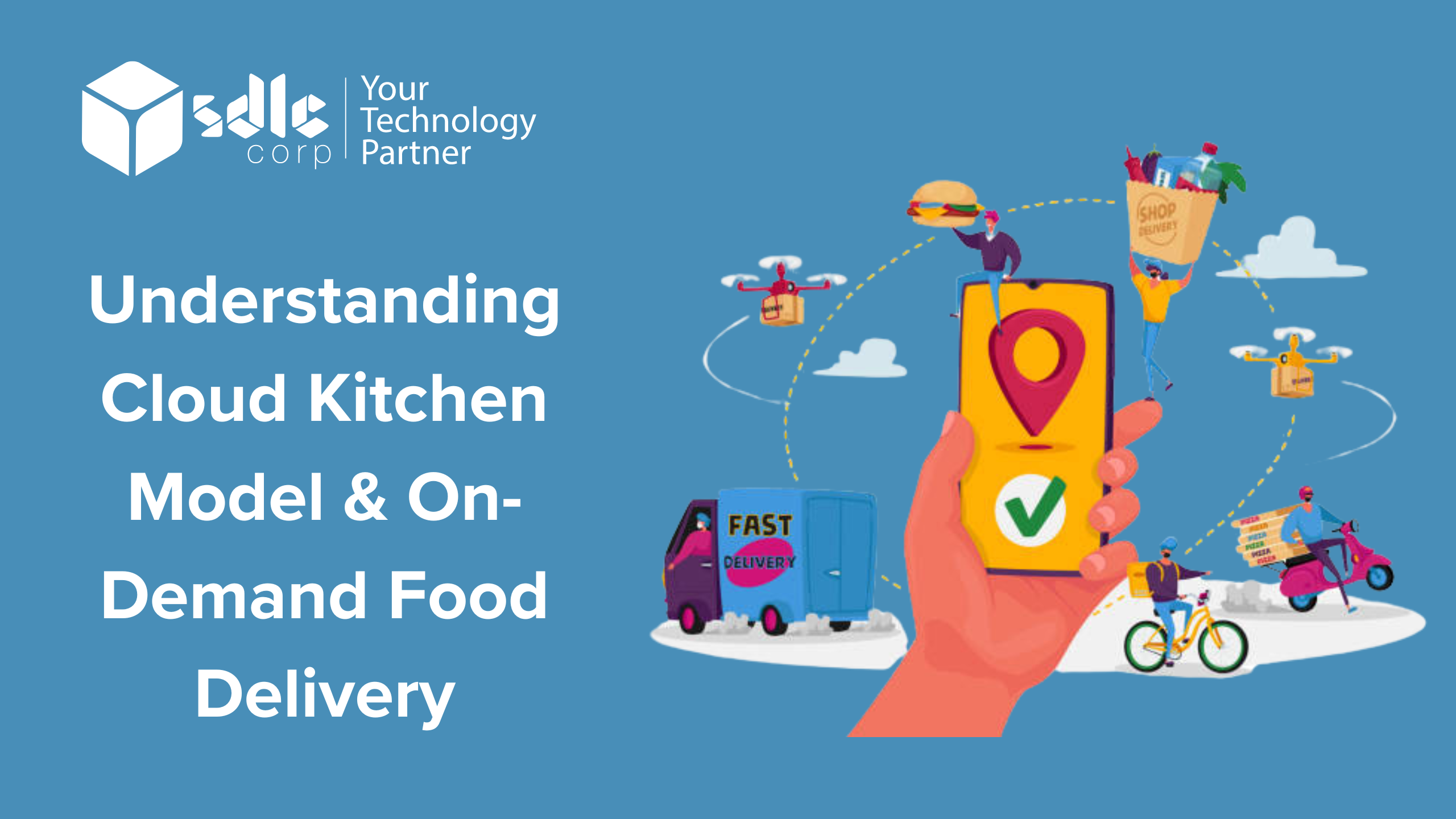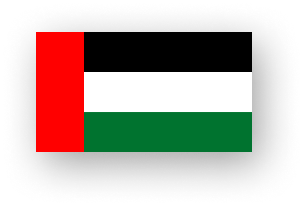Blockchain technology has evolved beyond just Bitcoin and Ethereum, with several next-generation platforms aiming to solve the scalability, interoperability, and governance challenges that older networks face. Among these, Cardano (ADA) and Polkadot (DOT) stand out as two of the most advanced blockchain ecosystems.
Both Cardano and Polkadot aim to improve blockchain efficiency, but they take different approaches to achieving their goals. While Cardano focuses on a layered architecture for enhanced security and sustainability, Polkadot prioritizes interoperability, allowing multiple blockchains to communicate seamlessly.
In this guide, we will break down the key differences between Cardano and Polkadot, including their technology, consensus mechanisms, governance models, and use cases.
1️⃣ Overview of Cardano and Polkadot
| Feature | Cardano | Polkadot |
|---|---|---|
| Founder | Charles Hoskinson (co-founder of Ethereum) | Gavin Wood (co-founder of Ethereum) |
| Launch Year | 2017 | 2020 |
| Primary Goal | Scalability, security, and sustainability through layered architecture | Interoperability between blockchains with a relay chain model |
| Consensus Mechanism | Proof-of-Stake (PoS) via Ouroboros | Nominated Proof-of-Stake (NPoS) |
| Unique Feature | Two-layer blockchain system (Settlement & Computation layers) | Parachains and cross-chain connectivity |
Both platforms are built by Ethereum co-founders who sought to overcome Ethereum’s scalability and governance limitations. However, their approaches differ significantly in how they achieve blockchain efficiency and decentralization.
2️⃣ Technology & Architecture
🔹 Cardano’s Layered Architecture
Cardano is built with a two-layer structure that separates its transaction processing from smart contract execution:
- Settlement Layer (CSL) – Handles transactions, similar to Bitcoin.
- Computation Layer (CCL) – Manages smart contracts and dApps, enabling more flexibility in development.
This layered approach improves scalability, security, and flexibility, making Cardano a robust platform for financial and enterprise applications.
🔹 Polkadot’s Multi-Chain Network (Relay Chain & Parachains)
Polkadot is designed for interoperability, allowing multiple blockchains to operate together seamlessly. It has:
- Relay Chain – The main blockchain responsible for security and consensus.
- Parachains – Independent blockchains that connect to the Relay Chain for shared security and cross-chain communication.
Polkadot’s architecture allows different blockchains to communicate while maintaining their own governance and functionalities, making it highly adaptable for multi-chain applications.
✅ Key Takeaway: Cardano prioritizes layered security and efficiency, while Polkadot focuses on multi-chain interoperability.
3️⃣ Consensus Mechanisms
🔹 Cardano’s Proof-of-Stake (PoS) – Ouroboros
Cardano uses Ouroboros, a peer-reviewed Proof-of-Stake (PoS) protocol that ensures security while reducing energy consumption.
- Uses epochs and slots to fairly distribute rewards among validators.
- Lowers hardware requirements, making it more sustainable than Proof-of-Work (PoW).
- Ensures high security without compromising decentralization.
🔹 Polkadot’s Nominated Proof-of-Stake (NPoS)
Polkadot operates on Nominated Proof-of-Stake (NPoS), an advanced staking model where:
- Validators secure the network, and nominators stake DOT tokens to support them.
- Slashing mechanisms penalize bad actors, improving security.
- The system balances decentralization, efficiency, and security.
✅ Key Takeaway: Both Cardano and Polkadot use PoS-based mechanisms, but Cardano emphasizes sustainability, while Polkadot optimizes validator selection for security and fairness.
4️⃣ Smart Contracts & Development Environment
🔹 Cardano’s Smart Contracts (Plutus & Marlowe)
Cardano introduced smart contract functionality in 2021 with the Alonzo upgrade, enabling Plutus and Marlowe smart contract languages.
- Plutus is for advanced smart contracts with full programmability.
- Marlowe is designed for financial contracts with no coding experience required.
- Focuses on security-first development, ensuring fewer vulnerabilities.
🔹 Polkadot’s Smart Contracts (Substrate & Ink!)
Polkadot does not run smart contracts on the Relay Chain but allows parachains to develop them.
- Uses Substrate, a blockchain-building framework, enabling fast development.
- Ink! is a smart contract language designed for efficiency.
- Developers have full control over parachain environments, leading to more customization.
✅ Key Takeaway: Cardano emphasizes security and formal verification, while Polkadot offers flexibility for developers to create independent smart contract ecosystems.
5️⃣ Governance & Upgradability
🔹 Cardano’s Governance Model
Cardano uses a treasury system where ADA holders vote on protocol upgrades.
- The Catalyst Project funds community-driven proposals.
- Future updates will introduce full on-chain governance, allowing stakeholders to shape the network.
🔹 Polkadot’s Governance Model
Polkadot’s governance is fully on-chain, with:
- Council Members elected to propose changes.
- Referenda voting, where DOT holders decide on network upgrades.
- A transparent, decentralized decision-making process.
✅ Key Takeaway: Polkadot has more active on-chain governance, while Cardano is evolving toward full community governance.
6️⃣ Scalability & Future Roadmap
🔹 Cardano’s Scalability Approach
- Hydra Layer-2 Scaling solution will allow thousands of TPS.
- Mithril protocol will improve light client performance for mobile users.
🔹 Polkadot’s Scalability Approach
- Parachains can process transactions in parallel, improving efficiency.
- The Relay Chain optimizes security and speed across networks.
✅ Key Takeaway: Polkadot scales by parallel processing (parachains), while Cardano improves performance through Layer-2 solutions (Hydra).
7️⃣ Use Cases & Real-World Adoption
| Sector | Cardano | Polkadot |
|---|---|---|
| DeFi & Finance | Secure financial smart contracts via Marlowe | Parachain-based DeFi applications |
| Enterprise Solutions | Partnerships in education & supply chain | Cross-chain enterprise networks |
| Governance | Catalyst voting system | On-chain decentralized governance |
| Interoperability | Limited, but evolving | Built for cross-chain communication |
✅ Key Takeaway: Polkadot is interoperability-focused, while Cardano is expanding its enterprise and DeFi applications.
Conclusion
Both Cardano and Polkadot represent the next generation of blockchain platforms, but they approach scalability, security, and decentralization differently.
- Cardano prioritizes layered security, energy-efficient PoS, and long-term governance improvements.
- Polkadot focuses on cross-chain interoperability, parachains, and seamless network upgrades.
For developers and investors, the choice depends on their goals: Cardano offers a research-driven, security-first blockchain, while Polkadot provides an interconnected, multi-chain ecosystem.
As both platforms continue to evolve, they will play key roles in shaping the future of decentralized applications, DeFi, and enterprise blockchain solutions.

